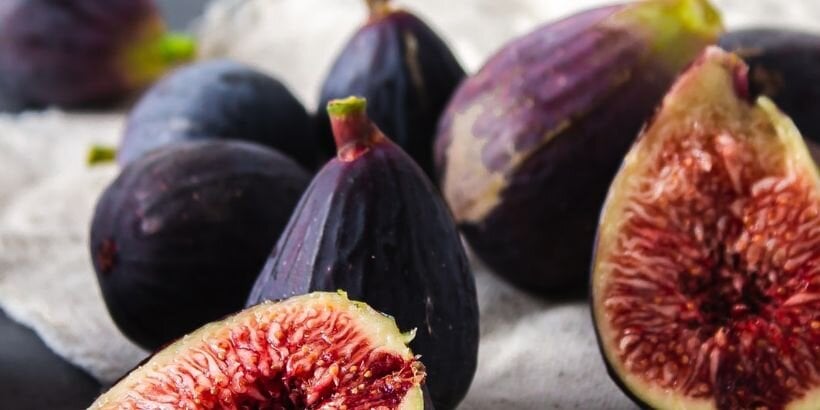Welcome to Facts Vibes! Dive into the fascinating world of fig plants with us. From their rich history to their unique growth habits, we explore everything you need to know about these remarkable fruit-bearing trees. Join us as we uncover the intriguing facts about fig plants.
Exploring Fascinating Fig Plant Facts
The fig plant, also known as Ficus carica, is an intriguing species with a rich history and plenty of interesting facts. Fig plants have been cultivated for thousands of years , making them one of the oldest fruits grown by humans. These ancient trees have even been mentioned in ancient texts and hold symbolic significance in various cultures.
One fascinating fact about fig plants is their unique pollination process. Unlike most fruit trees, fig plants rely on a special type of wasp for pollination . The female wasp enters the fig’s inverted flowers to lay her eggs and inadvertently pollinates the plant in the process. This intricate relationship between the fig plant and the wasp is essential for the production of figs.
Another noteworthy aspect of fig plants is their versatility. Not only are figs delicious to eat fresh or dried , but they have also been used for their medicinal properties for centuries. Figs are a good source of fiber, vitamins, and minerals, making them a valuable addition to a healthy diet.
In addition to their culinary and medicinal uses, fig plants have a significant cultural and religious importance. In many ancient societies, the fig tree was considered sacred and associated with fertility, abundance, and regeneration. This symbolic significance has carried through to modern times, with fig trees being featured in religious texts and folklore.
Overall, the fig plant is a truly captivating species with a long and storied history. From its role in ancient civilizations to its unique pollination process and versatile uses, there is no shortage of fascinating facts to explore about these remarkable trees.
Most popular facts
Fig plants are a species of flowering plant in the mulberry family.
Fig plants belong to the mulberry family and are a species of flowering plant.
They are native to the Mediterranean region and Western Asia.
They are native to the Mediterranean region and Western Asia.
Figs have been cultivated since ancient times and are one of the oldest fruits known to humans.
Figs have been cultivated since ancient times and are one of the oldest fruits known to humans.
The fig tree is a symbol of peace and prosperity in many cultures.
The fig tree is a symbol of peace and prosperity in many cultures.
Figs are rich in fiber, vitamins, and minerals, making them a nutritious fruit.
Figs are rich in fiber, vitamins, and minerals, making them a nutritious fruit.
Fig leaves are often used in cooking and have a unique flavor.
Fig leaves are often used in cooking and have a unique flavor.
Fig trees can grow up to 50 feet tall and have a wide, spreading canopy.
Fig trees can grow up to 50 feet tall and have a wide, spreading canopy.
The fig fruit is actually an inverted flower, with the seeds located inside.
The fig fruit is actually an inverted flower, with the seeds located inside.
Some fig species require a special wasp for pollination, creating a unique symbiotic relationship.
Sure! Some fig species require a special wasp for pollination, creating a unique symbiotic relationship.
Figs can be eaten fresh, dried, or used in cooking and baking.
Figs can be eaten fresh, dried, or used in cooking and baking.
The sap of fig plants can cause skin irritation in some people.
The sap of fig plants can cause skin irritation in some people.
Fig trees have a long lifespan and can live for hundreds of years.
Fig trees have a long lifespan and can live for hundreds of years.
Fig plants are commonly grown in warm, dry climates, but can also be cultivated in containers.
Fig plants are commonly grown in warm, dry climates, but can also be cultivated in containers.
Figs are often associated with religious and cultural traditions around the world.
Figs are often associated with religious and cultural traditions around the world.
The wood of fig trees is valued for its strength and durability, and is used in furniture making and woodworking.
The wood of fig trees is valued for its strength and durability, and is used in furniture making and woodworking.
In conclusion, fig plants are fascinating and versatile additions to any garden or landscape. Their rich history, diverse varieties, and numerous health benefits make them a valuable asset to any environment. Whether used for their fruit, leaves, or ornamental features, fig plants are a valuable and rewarding investment for any gardener or nature enthusiast.
